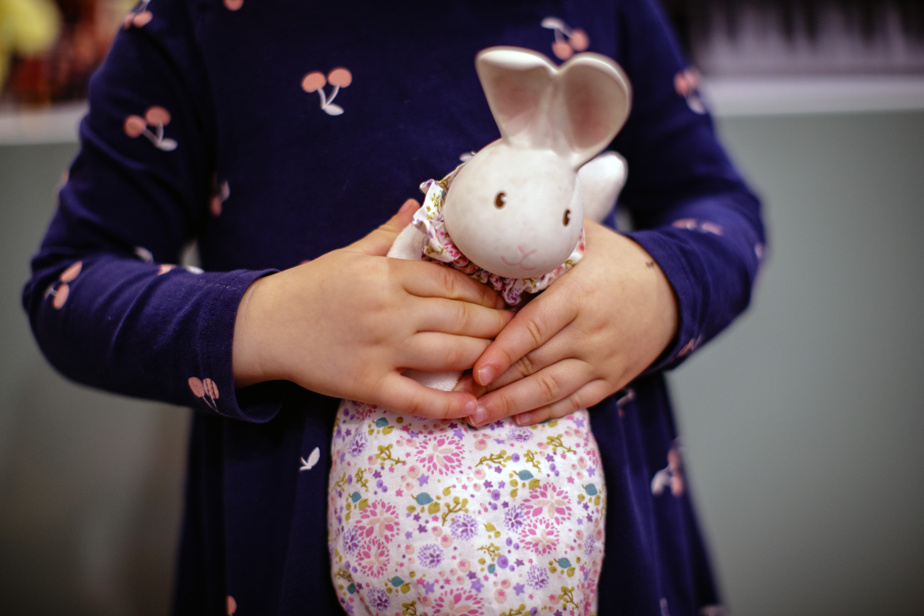Saying to have been alerted by the media (La Tribune, first) of the inaction of the Department of Youth Protection (DPJ) following the report by the staff of a CPE of a possible case of excision of a two-year-old child, the Commission for Human Rights and Youth Rights decided to open an investigation “on its own initiative”
The Commission does so by “considering the nature and seriousness of the alleged information in the media” and because there are “reasons to believe that rights have been impaired,” the statement read.
“The investigation aims to verify whether the alleged facts are true and whether the rights of the child have been respected. It also aims to ensure that measures are taken to prevent such a situation from happening again. »
La Tribune reported on Wednesday that an educator, then a director of a CPE in Quebec City had noticed abnormalities in the genitalia of a child under two years old, during a diaper change. The child no longer had a clitoris.
The two women then told La Tribune had alerted the DPJ, who replied that the situation was too delicate for there to be intervention.
The Commission des droits de la personne et de la jeunesse points out that by reporting their concern to the DYP, the staff of the CPE did exactly what section 39 of the Youth Protection Act requires and what the Commission expresses when she repeats that the protection of children must be everyone’s business.
The Commission recalls that regardless of the outcome of its investigation, “the practice of female circumcision or any form of genital mutilation is prohibited in Quebec and liable to criminal sanctions”.
For protection and confidentiality purposes, and in order to respect the child’s right to privacy, the Commission will not comment on the ongoing investigation.
On its website, the Society of Obstetricians and Gynecologists of Canada publishes a text by Liette Perron and Vyta Senikas which explains that since “the procedure is often performed without anesthesia by a traditional practitioner using scissors, blades razor or broken glass, the immediate health consequences and risks can be severe and life-threatening.”
The lives of these children are changed forever.
In 2020, researcher Sophia Koukoui conducted a study titled “Female Genital Mutilation and Cutting in Canada” with 116 people. His study is reproduced on the Government of Canada website.
In total, 81% of the participants who granted interviews to the researcher were born on the African continent, 9% in Europe and 10% in North America.
Quoted in the study, a 37-year-old woman from Cameroon says that there are “people who want to practice female genital mutilation here in Canada.” “We don’t talk about it, but it’s the reality. »
Some have mentioned the fact that parents send their children to Africa to be excised there.
“The patriarchy imposed this practice which ended up becoming a tradition,” explained a 57-year-old participant from Benin.
Sophia Koukoui concludes that “community organizations and organizations that serve African communities […] would benefit from funding that would be used to address needs and provide ongoing support” in Canada.

